Home>Gardening & Outdoor>Landscaping Ideas>When To Plant Grass In Washington State
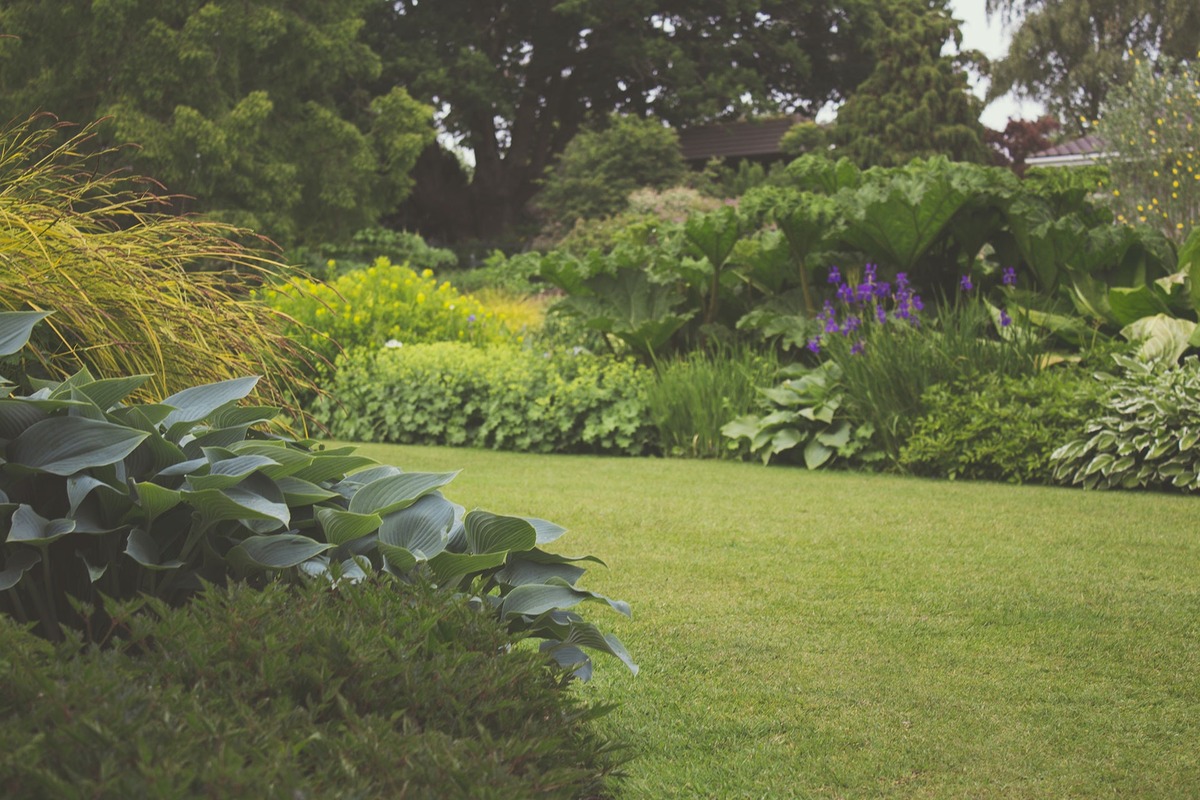

Landscaping Ideas
When To Plant Grass In Washington State
Modified: March 28, 2024
Discover the best time to plant grass in Washington State with our expert landscaping ideas. Find tips and advice for a thriving lawn.
(Many of the links in this article redirect to a specific reviewed product. Your purchase of these products through affiliate links helps to generate commission for Storables.com, at no extra cost. Learn more)
Introduction
Welcome to the lush and diverse landscape of Washington State! Whether you’re a proud homeowner or a dedicated landscaper, the quest for a vibrant, healthy lawn is a shared aspiration. In this comprehensive guide, we will explore the optimal timing and techniques for planting grass in Washington State. By understanding the unique climate of this region and selecting the most suitable grass varieties, you can cultivate a lawn that thrives in the Pacific Northwest.
Washington State’s climate is characterized by its varying microclimates, with the western region experiencing a marine west coast climate and the eastern region displaying a semi-arid climate. These distinctions play a pivotal role in determining the best time to plant grass and the most compatible grass species for each area. Additionally, the soil composition and topography further influence the success of your lawn-planting endeavors.
Embark on this insightful journey to discover the ideal window for planting grass, the types of grass that flourish in Washington State, and the essential steps for preparing your soil and nurturing your lawn. Whether you’re a novice gardener or a seasoned horticulturist, this guide will equip you with the knowledge and confidence to create a stunning, resilient lawn that enhances the natural beauty of Washington State.
Key Takeaways:
- Timing is crucial when planting grass in Washington State. Early fall is best for the western region, while late spring is optimal for the eastern region, ensuring healthy growth.
- Selecting the right grass species is essential for a thriving lawn in Washington State. Fine fescue and perennial ryegrass suit the west, while turf-type tall fescue and Kentucky bluegrass thrive in the east.
Understanding Washington State Climate
Washington State boasts a diverse climate that varies significantly across its different regions. The western part of the state experiences a predominantly marine west coast climate, characterized by mild, wet winters and dry summers. In contrast, the eastern part of the state exhibits a semi-arid climate, with hot summers and cold winters. These climatic variations profoundly impact the cultivation of grass and necessitate a tailored approach to lawn care.
The western region, including cities like Seattle and Olympia, benefits from the moderating influence of the Pacific Ocean, resulting in relatively mild temperatures throughout the year. However, the consistent rainfall and overcast skies during the fall and winter seasons can pose challenges for establishing and maintaining a healthy lawn. Conversely, the eastern region, encompassing cities such as Spokane and Yakima, contends with arid conditions, necessitating grass varieties that can withstand periods of drought and temperature extremes.
Understanding the nuances of Washington State’s climate is crucial for determining the most opportune time to plant grass and selecting the most resilient grass species. By aligning your lawn care practices with the specific climatic characteristics of your region, you can optimize the health and vibrancy of your grass, ensuring a visually stunning and enduring landscape.
Best Time to Plant Grass in Washington State
Choosing the optimal time to plant grass in Washington State is paramount to the success of your lawn. In the western region, where the marine west coast climate prevails, the best time to plant grass is during the early fall, typically from mid-September to mid-October. During this period, the soil retains warmth from the summer months, creating favorable conditions for seed germination and root establishment. The milder temperatures and increased precipitation in the fall also contribute to the grass’s healthy growth, providing an ideal environment for root development before the onset of winter.
Conversely, the eastern region, characterized by a semi-arid climate, necessitates a different approach to grass planting. Due to the hotter summers and colder winters, the optimal time to plant grass in this region is during the late spring, typically from mid-April to late May. Planting grass during this period allows the young seedlings to take advantage of the warmer temperatures and ample sunlight, fostering robust growth before the summer heat sets in.
By aligning your grass planting schedule with the unique climatic patterns of your region, you can maximize the chances of establishing a resilient and thriving lawn. Whether you reside in the western or eastern part of Washington State, strategic timing is key to nurturing a lush and verdant landscape that enhances the natural beauty of your surroundings.
Types of Grass Suitable for Washington State
When selecting grass for your Washington State lawn, it’s essential to consider the diverse climatic conditions and soil compositions across the region. Several grass species thrive in the Pacific Northwest, offering options that cater to the specific requirements of both the western and eastern parts of the state.
For the western region, where the marine west coast climate prevails, fine fescue and perennial ryegrass are popular choices. Fine fescue, known for its shade tolerance and low maintenance requirements, is well-suited to the cooler, moister conditions of the western climate. Perennial ryegrass, prized for its rapid germination and lush, emerald-green appearance, thrives in the region’s moderate temperatures and ample rainfall.
In the eastern region, which experiences a semi-arid climate, turf-type tall fescue and Kentucky bluegrass are favored grass varieties. Turf-type tall fescue, renowned for its drought tolerance and durability, can withstand the region’s hot summers and occasional water scarcity. Kentucky bluegrass, valued for its dense, luxurious growth and remarkable cold tolerance, thrives in the eastern region’s colder winters and sporadic periods of snow cover.
By carefully selecting grass species that align with the specific climate and soil conditions of your area, you can establish a resilient and visually appealing lawn that endures the challenges of Washington State’s diverse environment. Whether you prioritize shade tolerance, drought resistance, or rapid establishment, there are grass options available to fulfill your unique lawn care needs.
The best time to plant grass in Washington State is in the early fall or late spring. This allows the grass to establish strong roots before the extreme temperatures of summer or winter.
Preparing Your Soil for Planting
Before embarking on the grass planting journey, it’s crucial to prepare your soil to provide an optimal foundation for healthy root development and robust grass growth. Understanding the composition and characteristics of your soil is paramount, as it enables you to address any deficiencies and create an environment conducive to successful lawn establishment.
Conduct a soil test to assess key factors such as pH levels, nutrient content, and soil structure. This invaluable insight allows you to make informed decisions regarding soil amendments and fertilization, ensuring that your grass receives the essential nutrients and minerals for vigorous growth. In Washington State, where soil compositions vary across different regions, tailored soil preparation is essential to accommodate the specific needs of your lawn.
For soils with acidic pH levels, consider incorporating lime to raise the pH and create a more hospitable environment for grass growth. Conversely, if your soil exhibits alkaline tendencies, elemental sulfur can be added to lower the pH and optimize nutrient availability. Additionally, organic matter such as compost or well-rotted manure can enhance soil structure and fertility, promoting a healthy microbial ecosystem and improving water retention.
Prior to planting, it’s advisable to till the soil to a suitable depth, typically around 4 to 6 inches, to alleviate compaction and facilitate root penetration. This process also aids in the incorporation of soil amendments and organic matter, ensuring an even distribution throughout the planting area. Once the soil is adequately prepared, raking the surface smooth and removing any debris or rocks sets the stage for successful grass planting.
By dedicating attention to soil preparation, you lay the groundwork for a flourishing lawn that withstands the challenges of Washington State’s climate. Thoughtful soil management not only fosters healthy grass growth but also contributes to the long-term resilience and vitality of your landscape, creating an enduring source of natural beauty and enjoyment.
Planting Grass Seeds or Sod
When it comes to establishing a vibrant lawn in Washington State, the method of planting grass – whether through seeds or sod – plays a pivotal role in determining the success and efficiency of your lawn establishment efforts. Each approach offers distinct advantages and considerations, allowing you to select the most suitable option based on your preferences, timeline, and specific lawn care goals.
Planting grass seeds is a popular and cost-effective method for creating a lush, resilient lawn. Before sowing the seeds, prepare the soil as outlined earlier, ensuring optimal conditions for germination and root development. Select high-quality grass seed that aligns with the climatic and soil characteristics of your region, opting for blends that offer a balanced combination of desirable traits such as shade tolerance, drought resistance, and lush appearance.
When planting grass seeds, ensure even distribution across the planting area, utilizing a seed spreader or by hand for smaller areas. Lightly rake the seeds into the soil, aiming for a sowing depth of approximately 1/4 to 1/2 inch. Adequate moisture is crucial for seed germination, necessitating regular watering to keep the soil consistently moist until the grass establishes a strong root system.
Alternatively, sod provides an expedited method for achieving an instant lawn with mature grass. Sodding involves laying pre-grown grass turf, offering immediate coverage and visual appeal. Prior to sod installation, prepare the soil as previously detailed, ensuring it is level and free of debris. Lay the sod in a staggered pattern, pressing it firmly against the soil to eliminate air pockets and promote root-to-soil contact.
Regardless of whether you opt for grass seeds or sod, diligent watering is essential in the initial stages of lawn establishment. Monitor the moisture levels closely, adjusting your watering schedule to accommodate the specific needs of your chosen grass variety and the prevailing weather conditions. With attentive care and the right planting method, you can cultivate a stunning, resilient lawn that enriches your outdoor space and enhances the natural beauty of Washington State.
Caring for Your Grass After Planting
After planting grass seeds or sod, diligent post-planting care is essential to nurture the young grass and ensure its healthy establishment. By implementing a comprehensive care regimen, you can foster robust root development and lush, resilient growth, setting the stage for a stunning and enduring lawn in Washington State.
Watering is a critical component of post-planting care, particularly in the early stages of grass establishment. For newly planted grass seeds, maintain consistent moisture in the soil by watering lightly multiple times a day to prevent the seeds from drying out. As the grass begins to germinate and establish, gradually transition to deeper, less frequent watering to encourage deep root growth. Similarly, newly laid sod requires frequent watering to promote root adherence and prevent desiccation, adjusting the frequency as the sod establishes and roots into the soil.
Fertilization is another key aspect of caring for your grass after planting. Approximately six to eight weeks after planting grass seeds, apply a high-quality, slow-release fertilizer to provide essential nutrients for healthy growth. For sodded lawns, wait four to six weeks before applying fertilizer to allow the roots to establish. Regular fertilization throughout the growing season, in accordance with the specific requirements of your grass species, supports vigorous growth and vibrant coloration.
Mowing your newly established lawn requires careful consideration to avoid stress and damage to the young grass. For grass seeded lawns, wait until the grass reaches a height of approximately 3 to 4 inches before mowing, ensuring that the blades are sharp to achieve a clean cut. When mowing newly sodded lawns, exercise caution and wait until the sod has firmly rooted before mowing, typically after two to three weeks. Adhering to the recommended mowing heights for your grass species promotes healthy growth and discourages weed encroachment.
Finally, diligent weed control and pest management are crucial components of post-planting lawn care. Regularly inspect your lawn for weeds and address them promptly to prevent competition for nutrients and space. Additionally, monitor for signs of pests and diseases, taking proactive measures to mitigate potential threats and preserve the health and vitality of your grass.
By attentively caring for your grass after planting, you can foster its resilience and vibrancy, culminating in a lush, verdant lawn that enhances the natural beauty of your outdoor space in Washington State.
Conclusion
Cultivating a thriving and visually captivating lawn in Washington State is a rewarding endeavor that begins with a deep understanding of the region’s diverse climate and soil compositions. By aligning your lawn care practices with the unique characteristics of your specific region, you can optimize the health and resilience of your grass, creating a stunning natural landscape that enriches your outdoor space.
From the marine west coast climate of the western region to the semi-arid conditions of the eastern region, Washington State presents a rich tapestry of environmental factors that influence the establishment and maintenance of a healthy lawn. By selecting the best time to plant grass, choosing suitable grass varieties, and meticulously preparing the soil, you lay the groundwork for a resilient and visually appealing lawn that endures the challenges of the Pacific Northwest.
Whether you opt for planting grass seeds or sod, the method of lawn establishment you choose, coupled with diligent post-planting care, plays a pivotal role in shaping the health and vibrancy of your grass. By nurturing your lawn with thoughtful watering, fertilization, mowing, and pest management, you can foster its resilience and vitality, ensuring a visually stunning and enduring landscape that enhances the natural beauty of Washington State.
As you embark on your lawn care journey, remember that the beauty of a lush, verdant lawn extends beyond its visual appeal – it also contributes to the overall well-being of your outdoor environment, providing a space for relaxation, recreation, and connection with nature. With the knowledge and insights gleaned from this guide, you are well-equipped to create a stunning, resilient lawn that becomes a source of pride and enjoyment in the captivating landscape of Washington State.
Frequently Asked Questions about When To Plant Grass In Washington State
Was this page helpful?
At Storables.com, we guarantee accurate and reliable information. Our content, validated by Expert Board Contributors, is crafted following stringent Editorial Policies. We're committed to providing you with well-researched, expert-backed insights for all your informational needs.
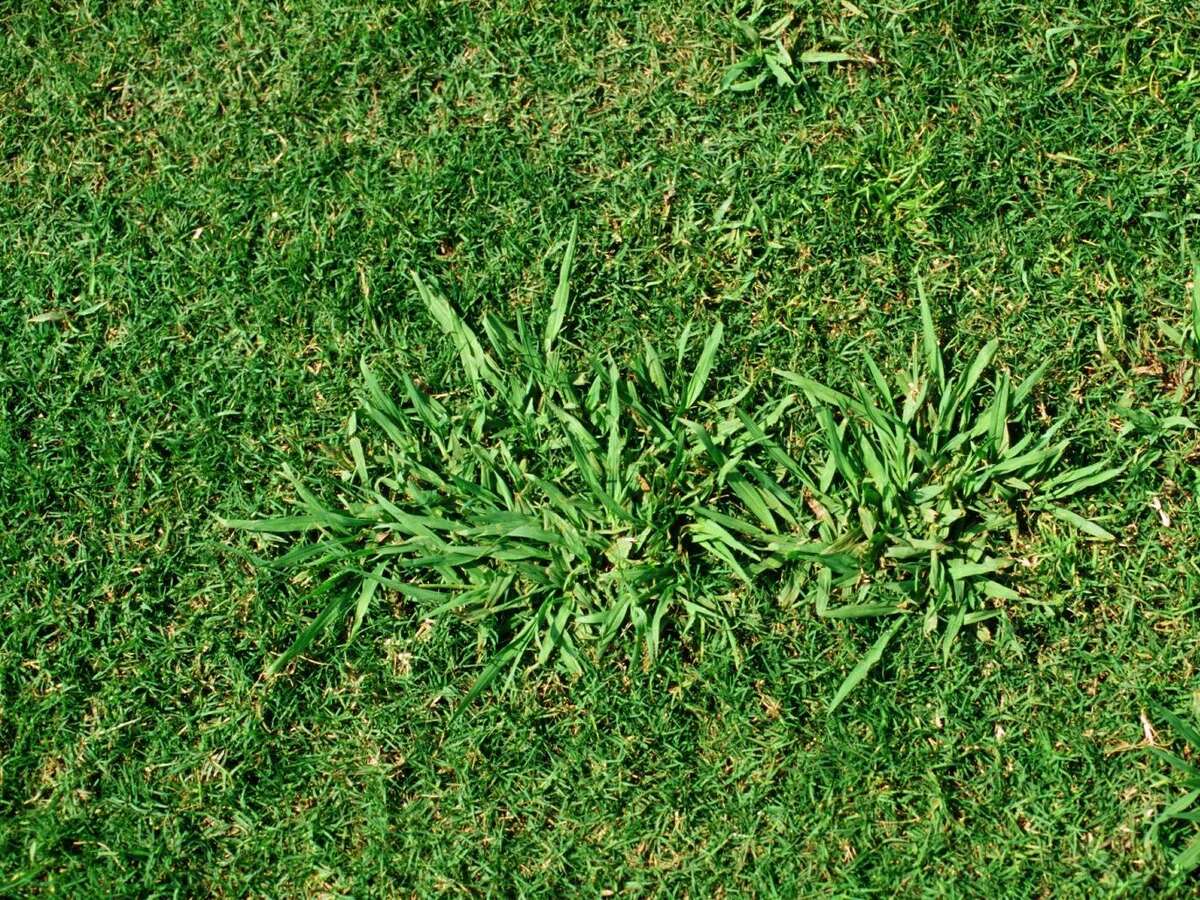
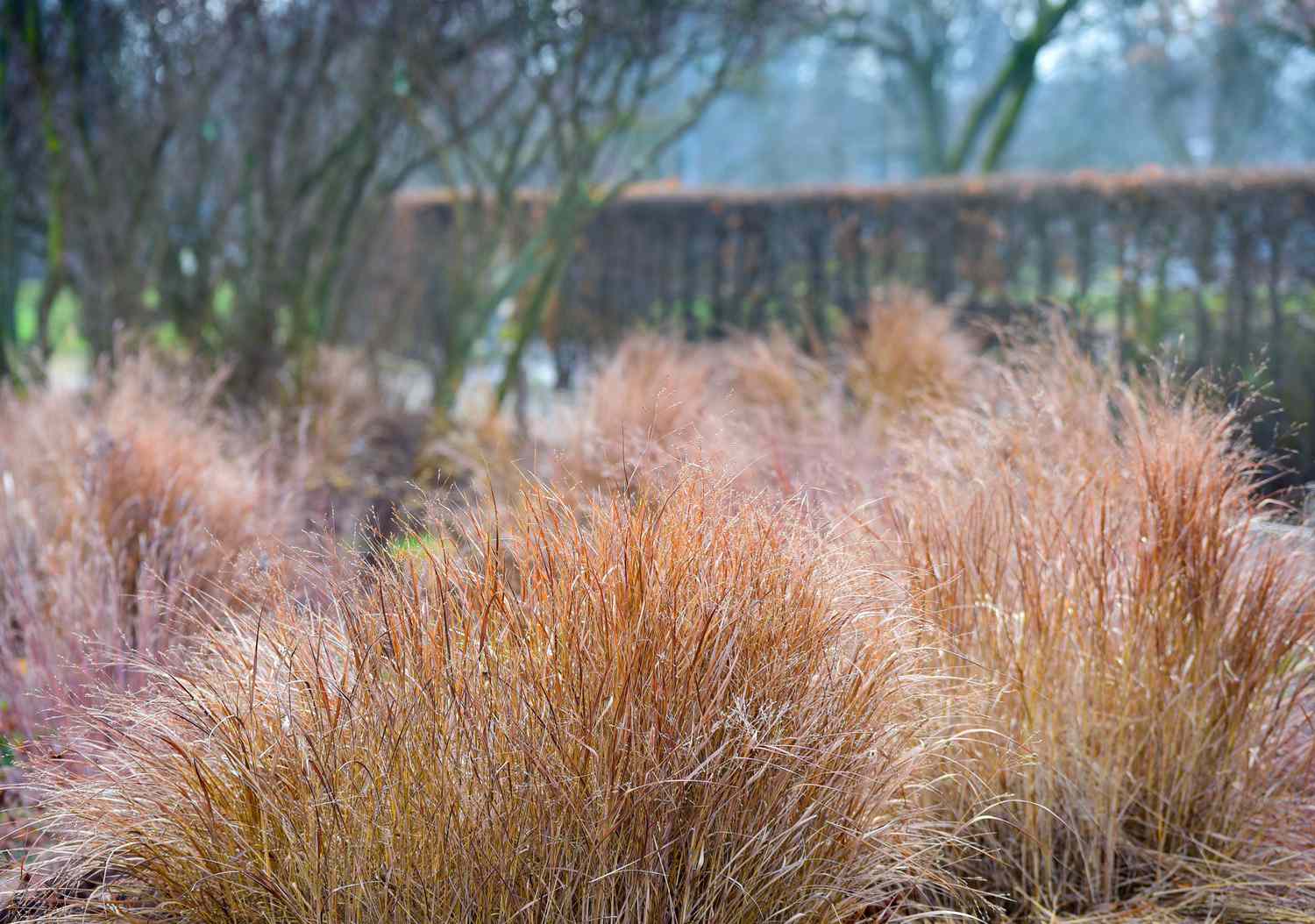
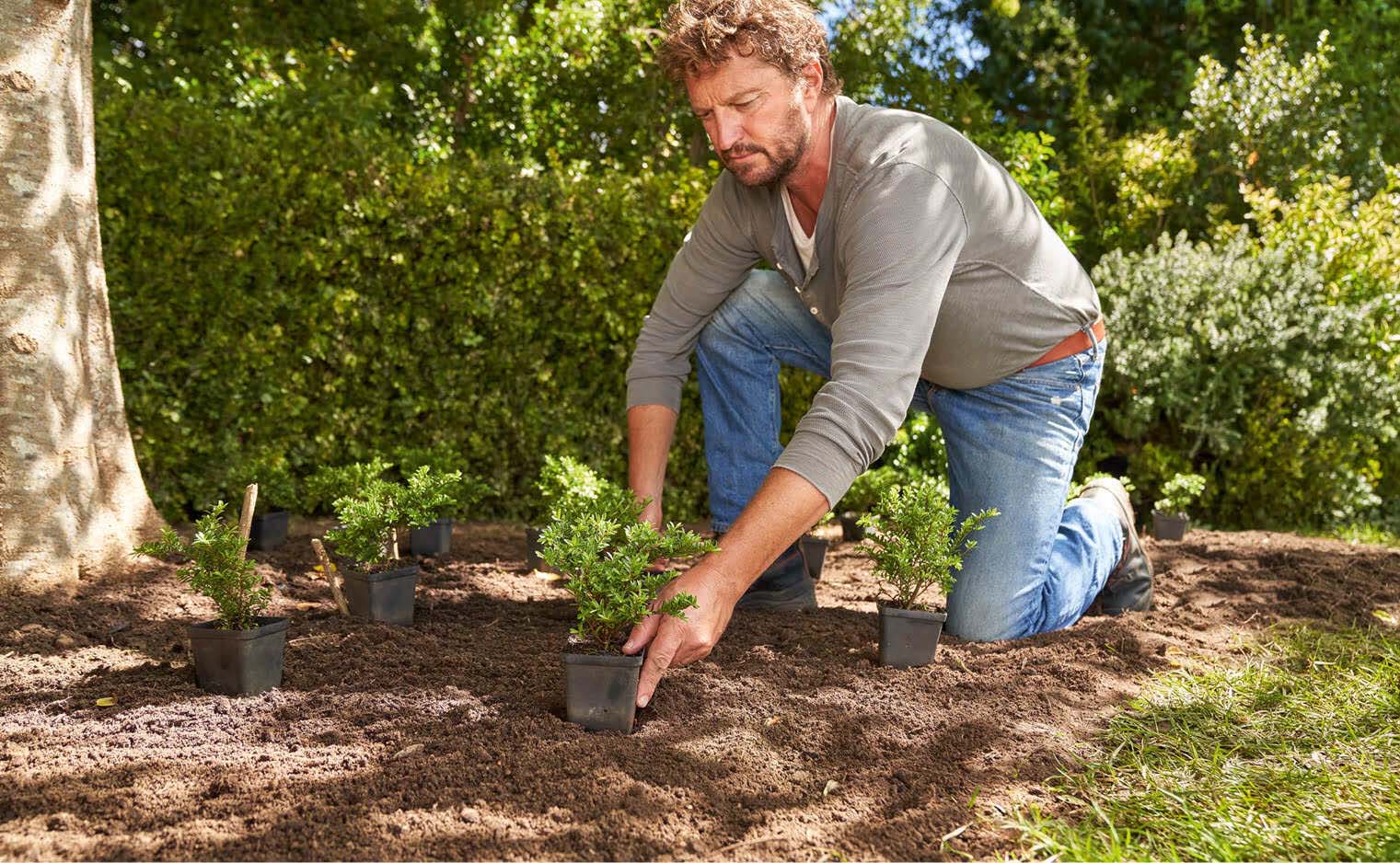
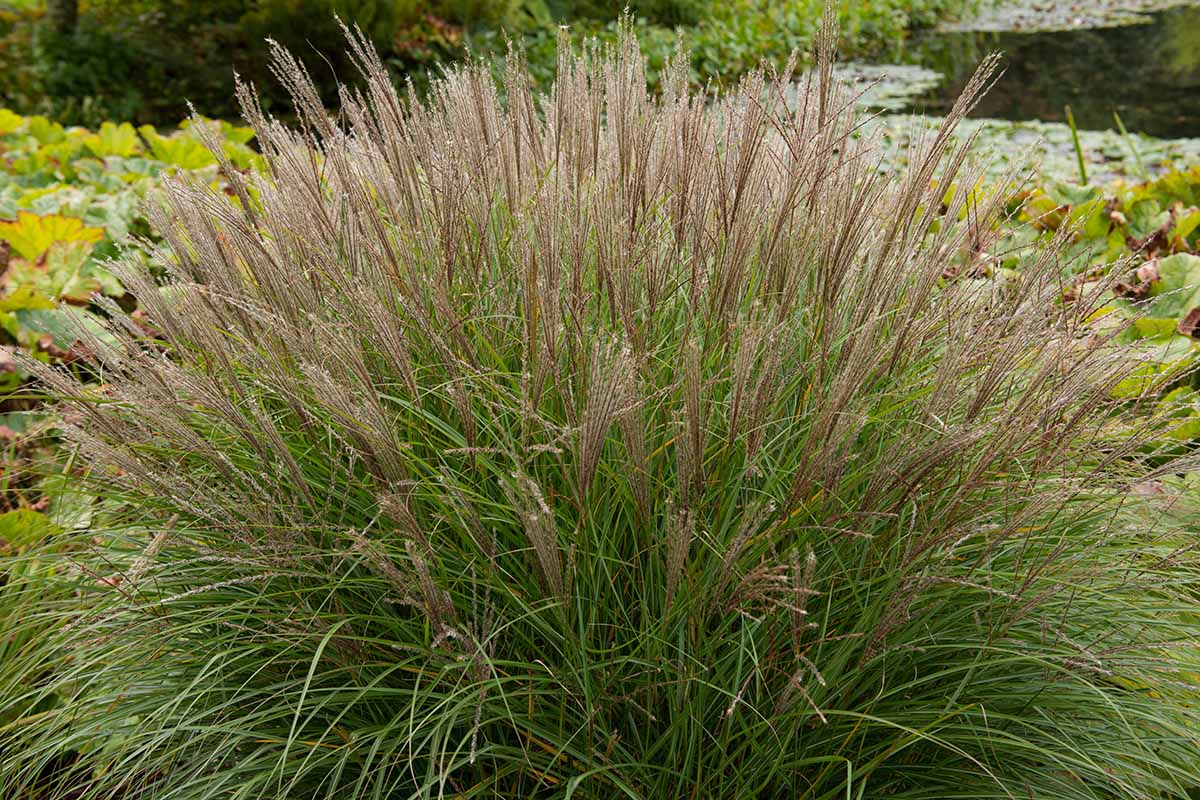
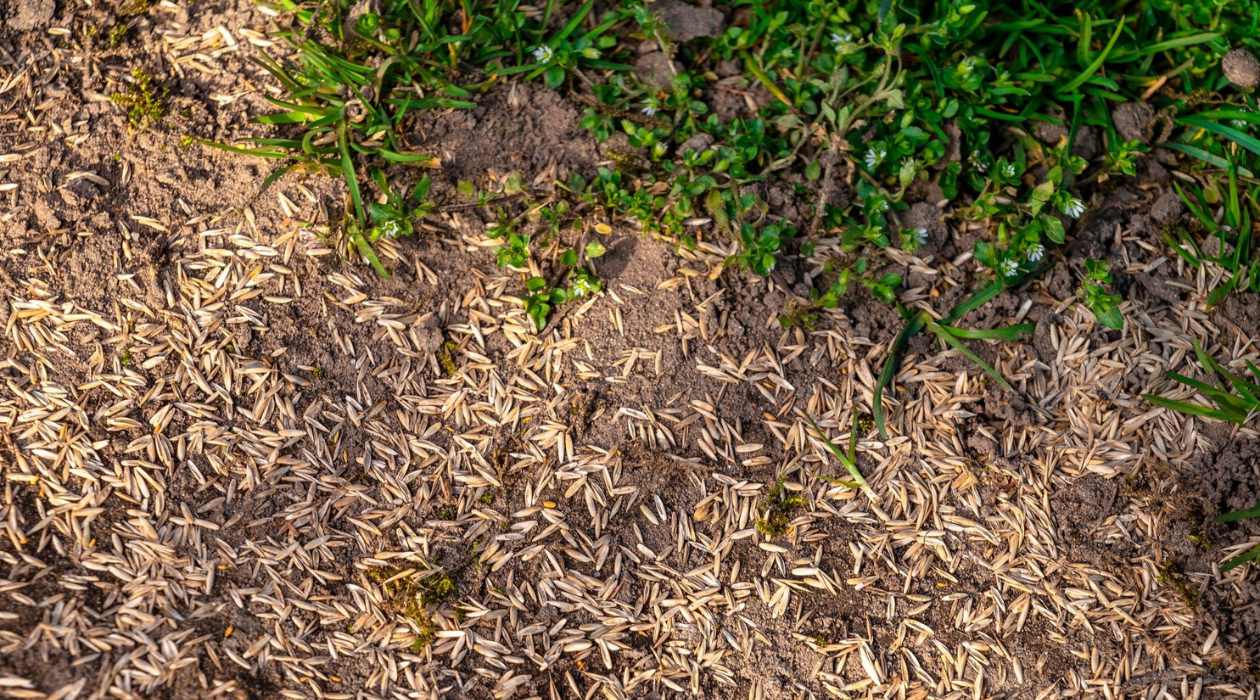
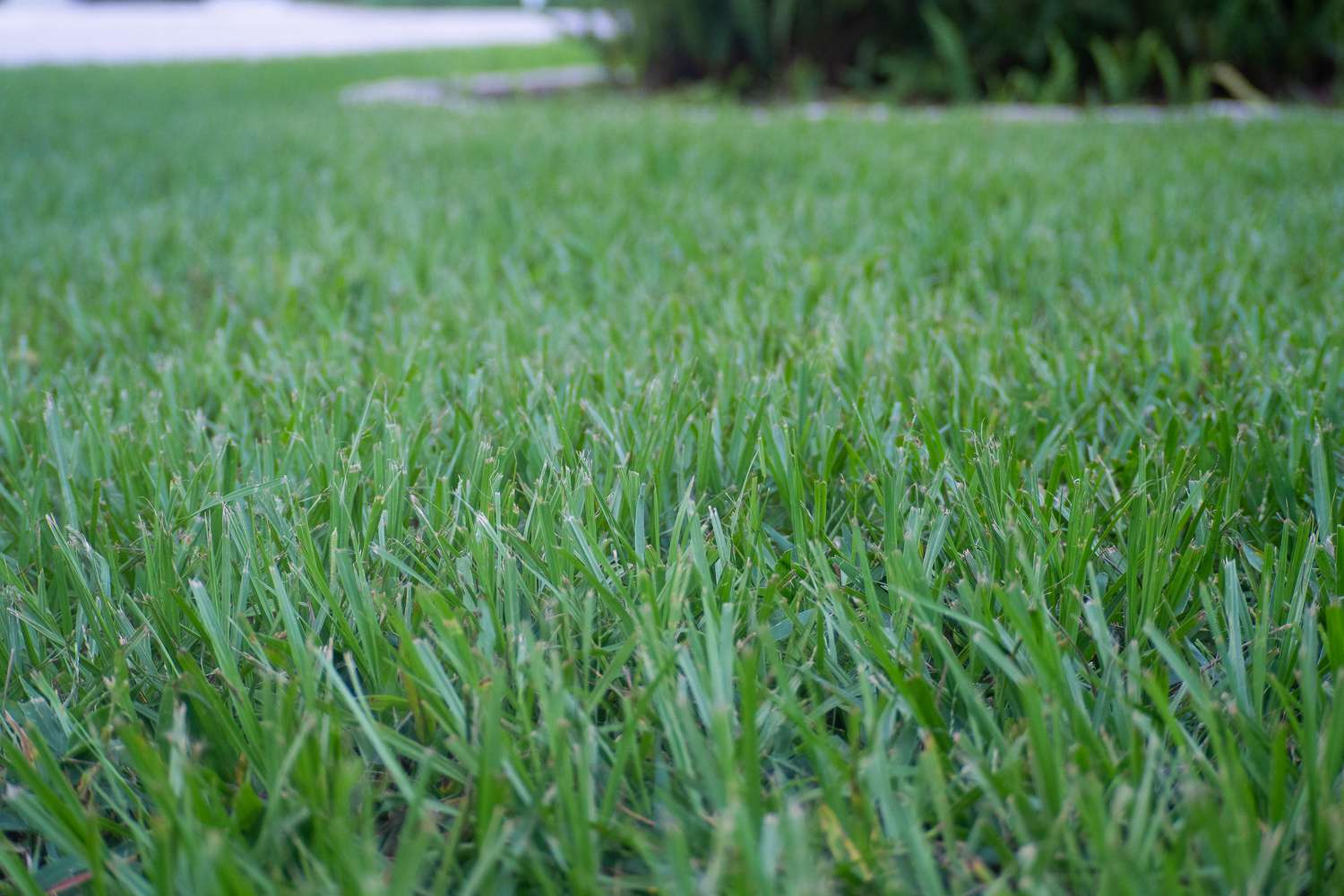
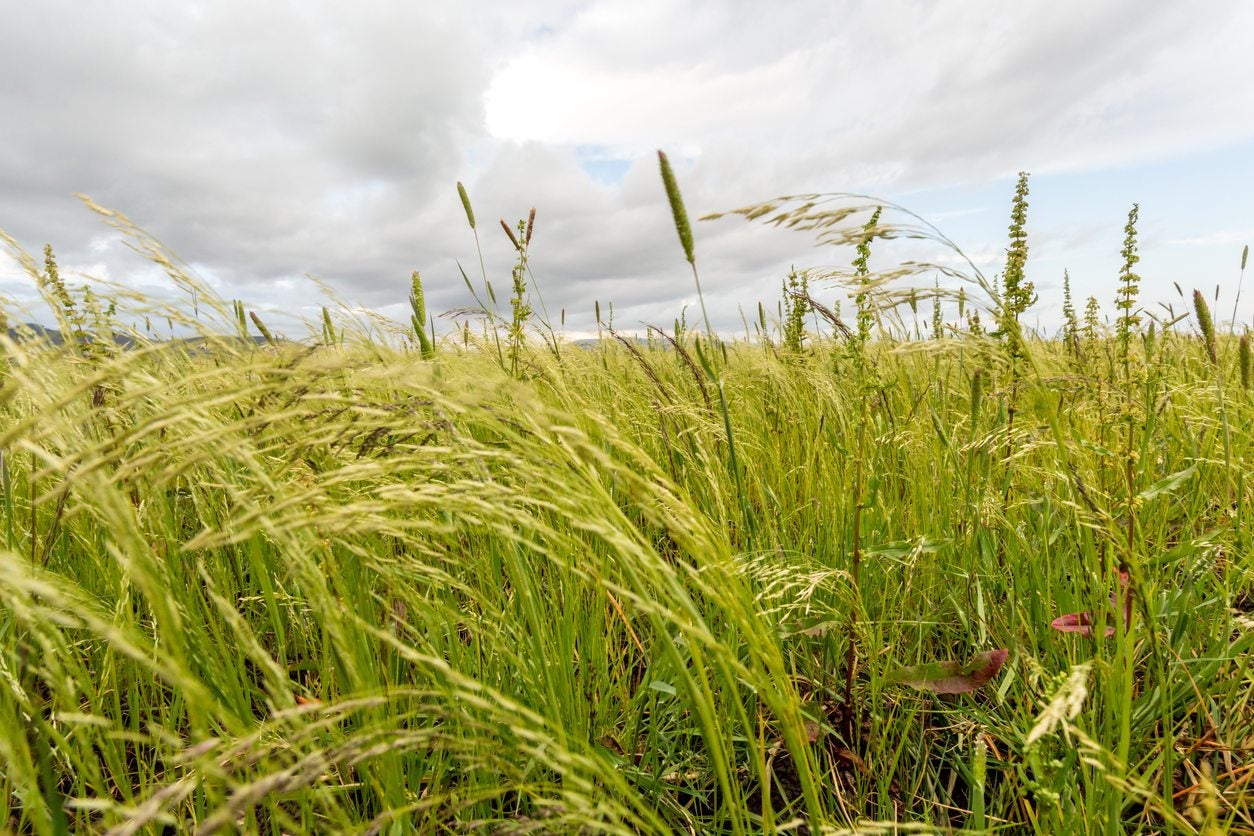
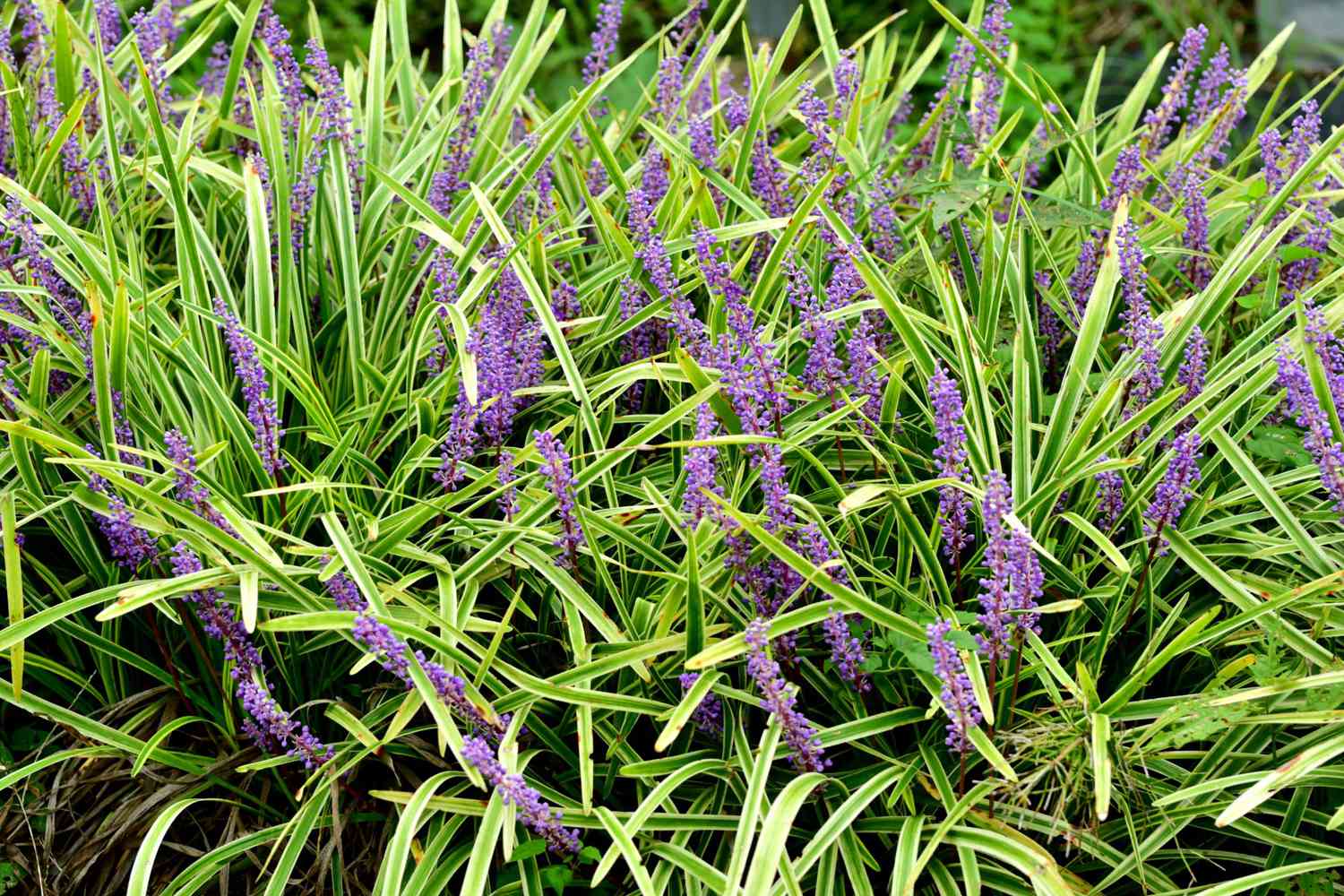
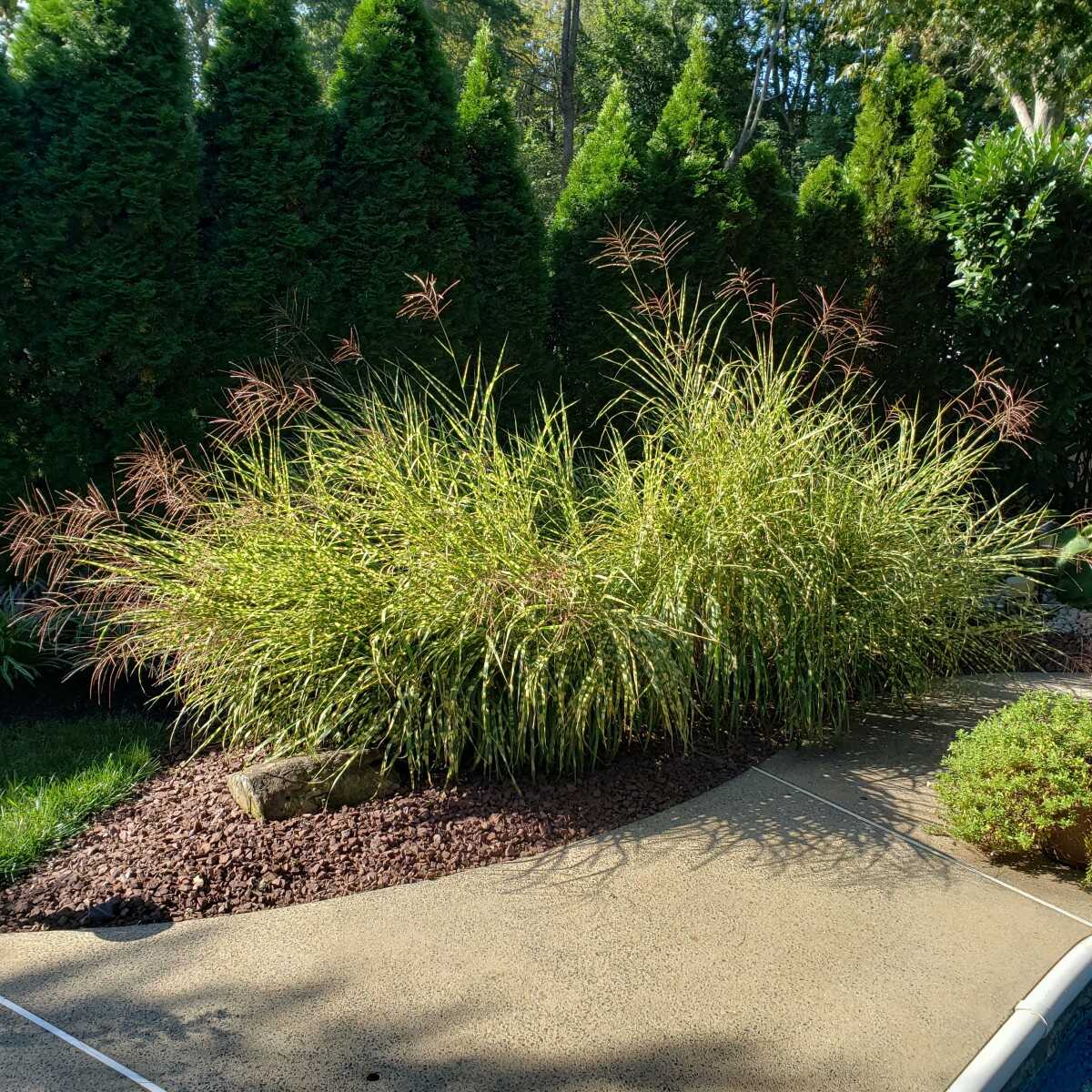
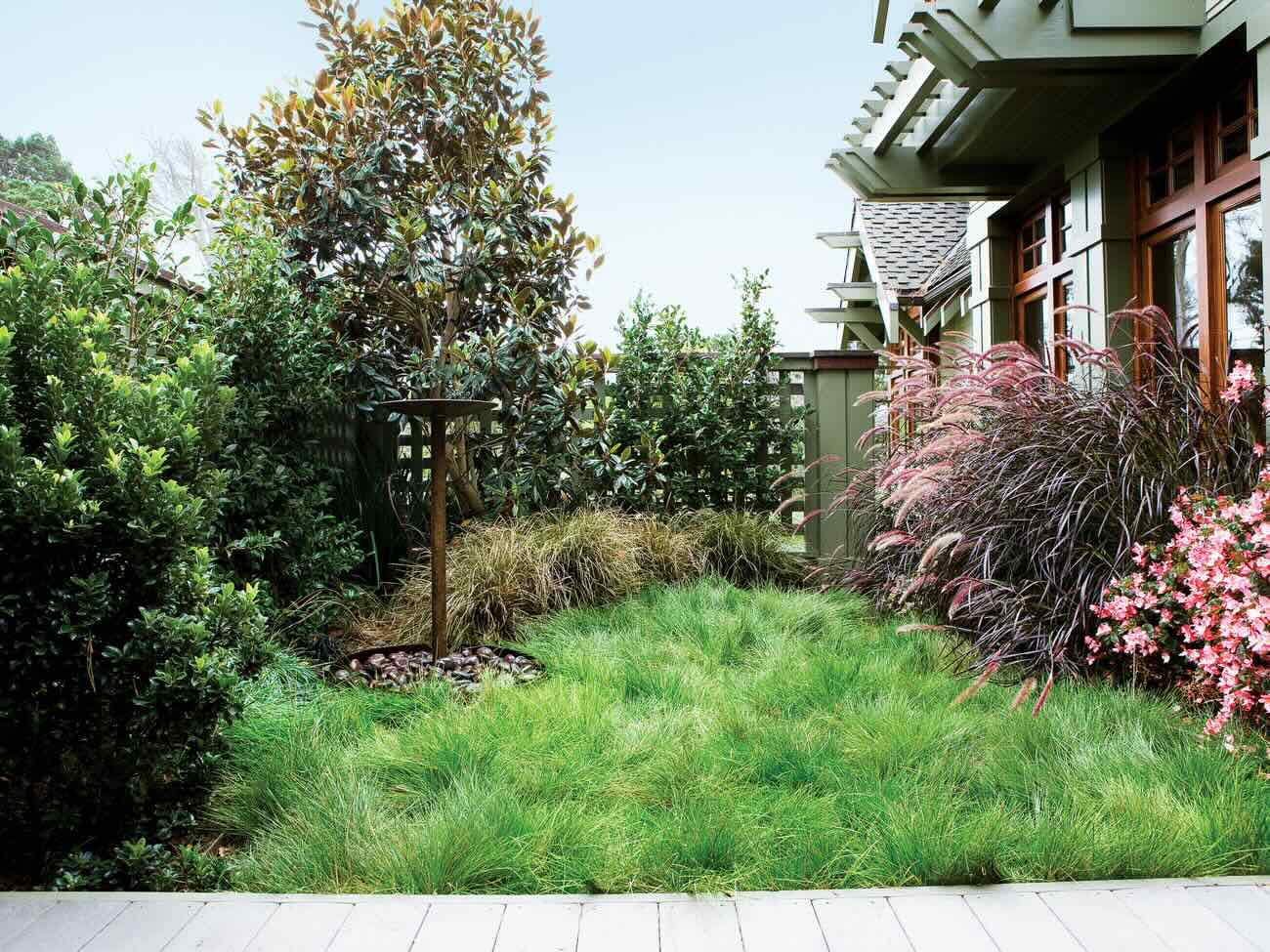
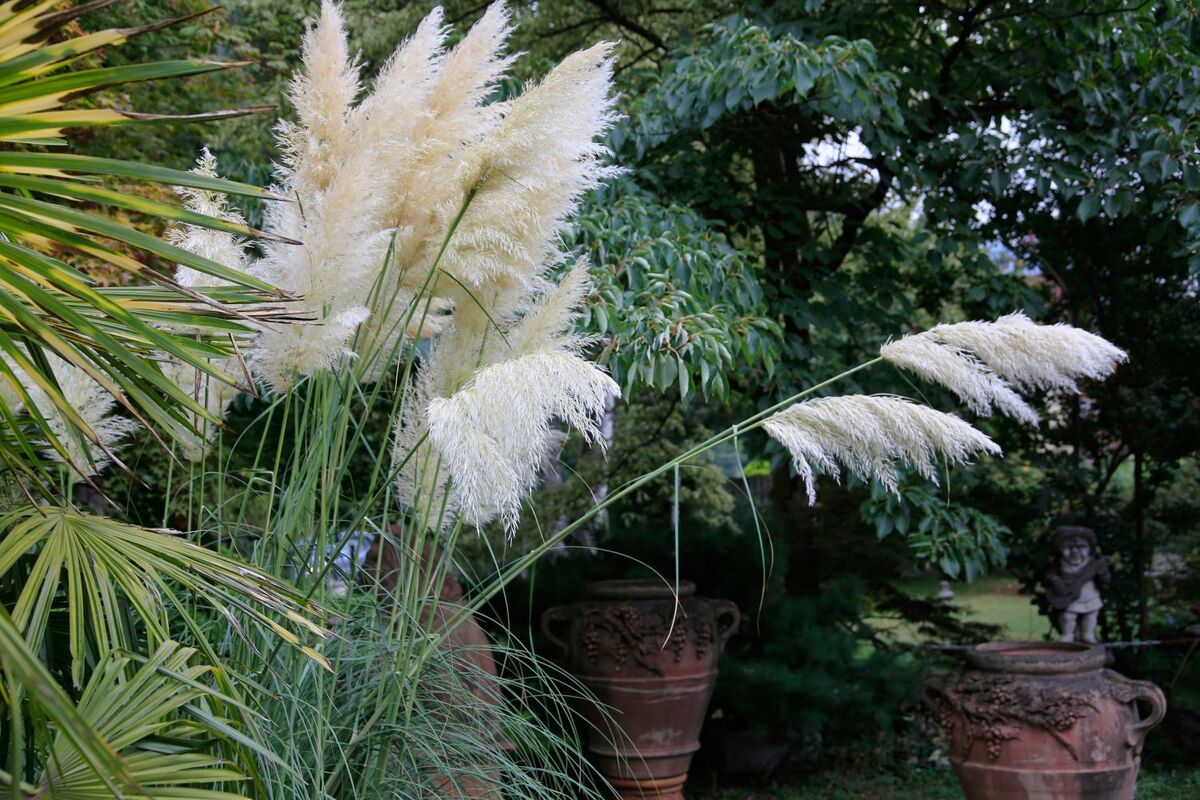
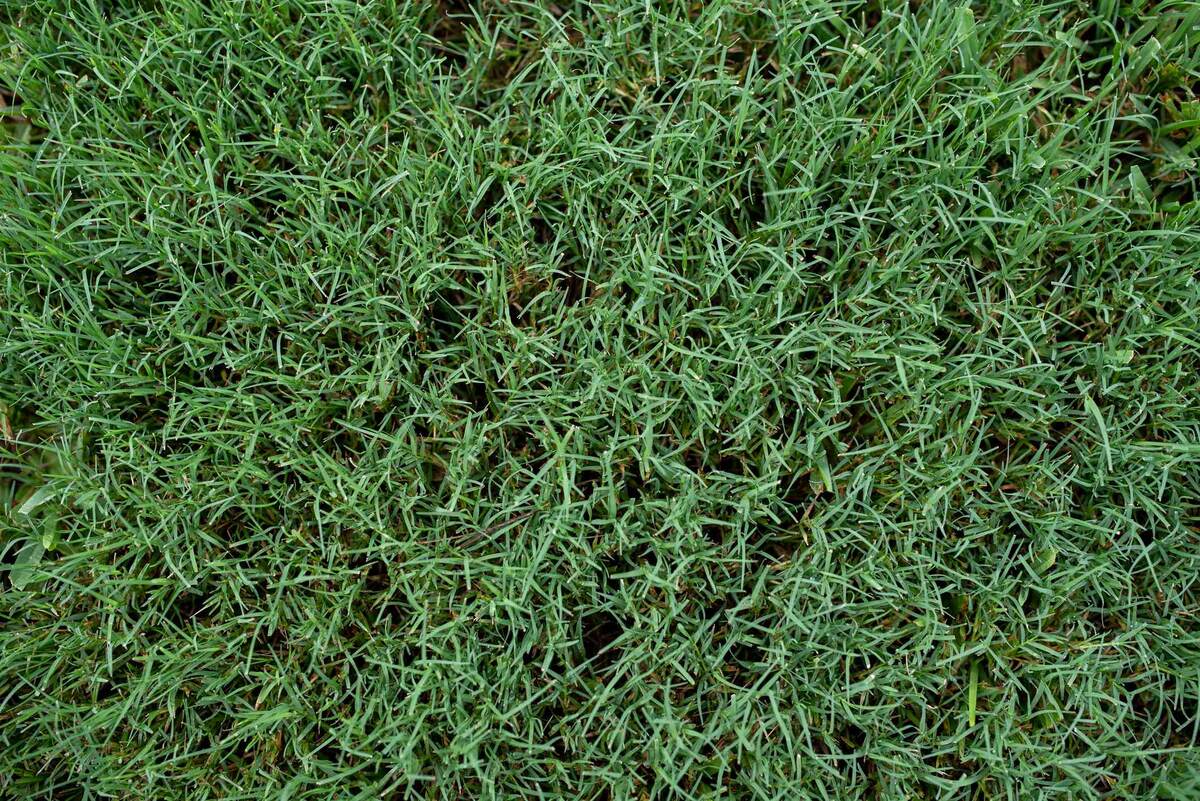
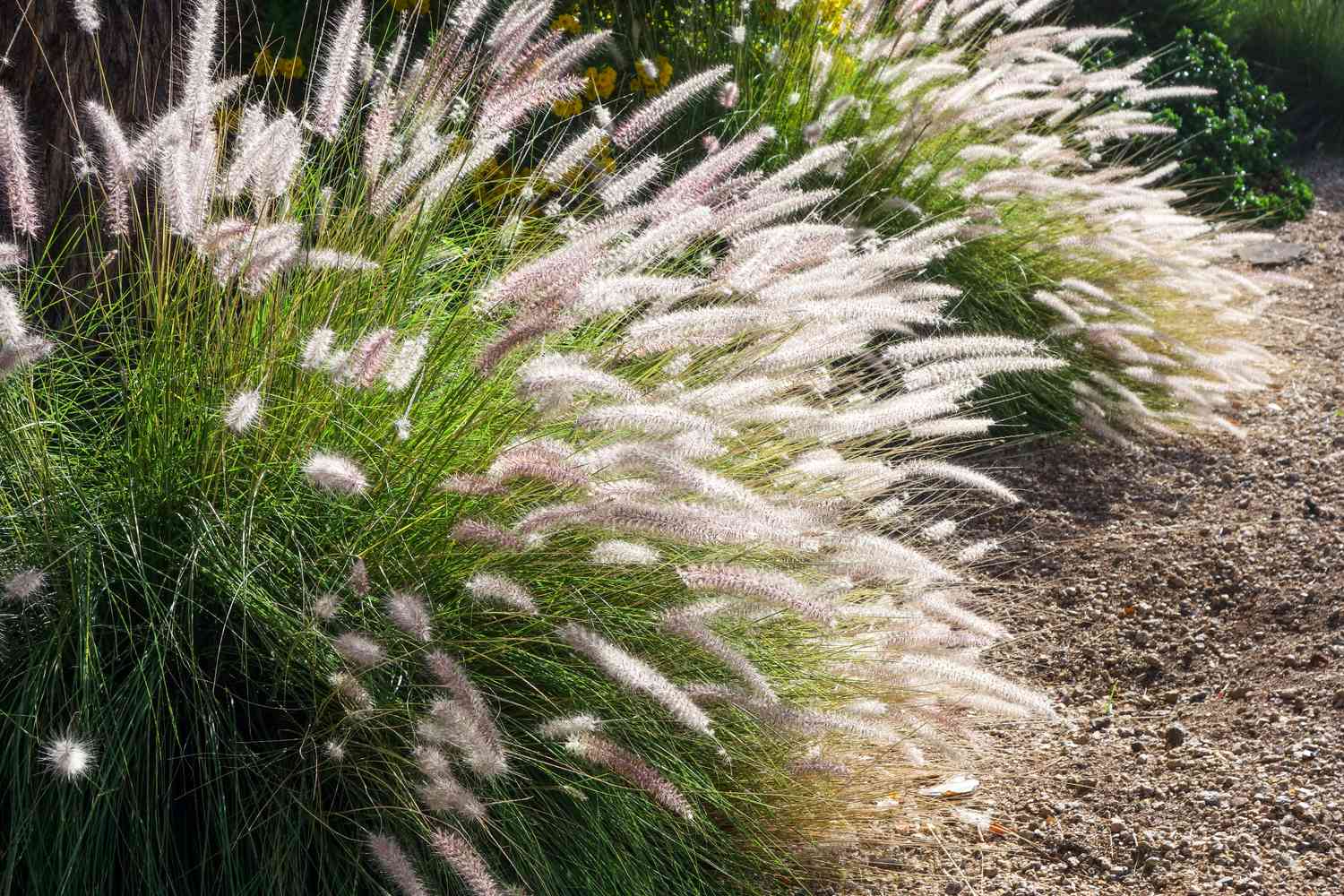
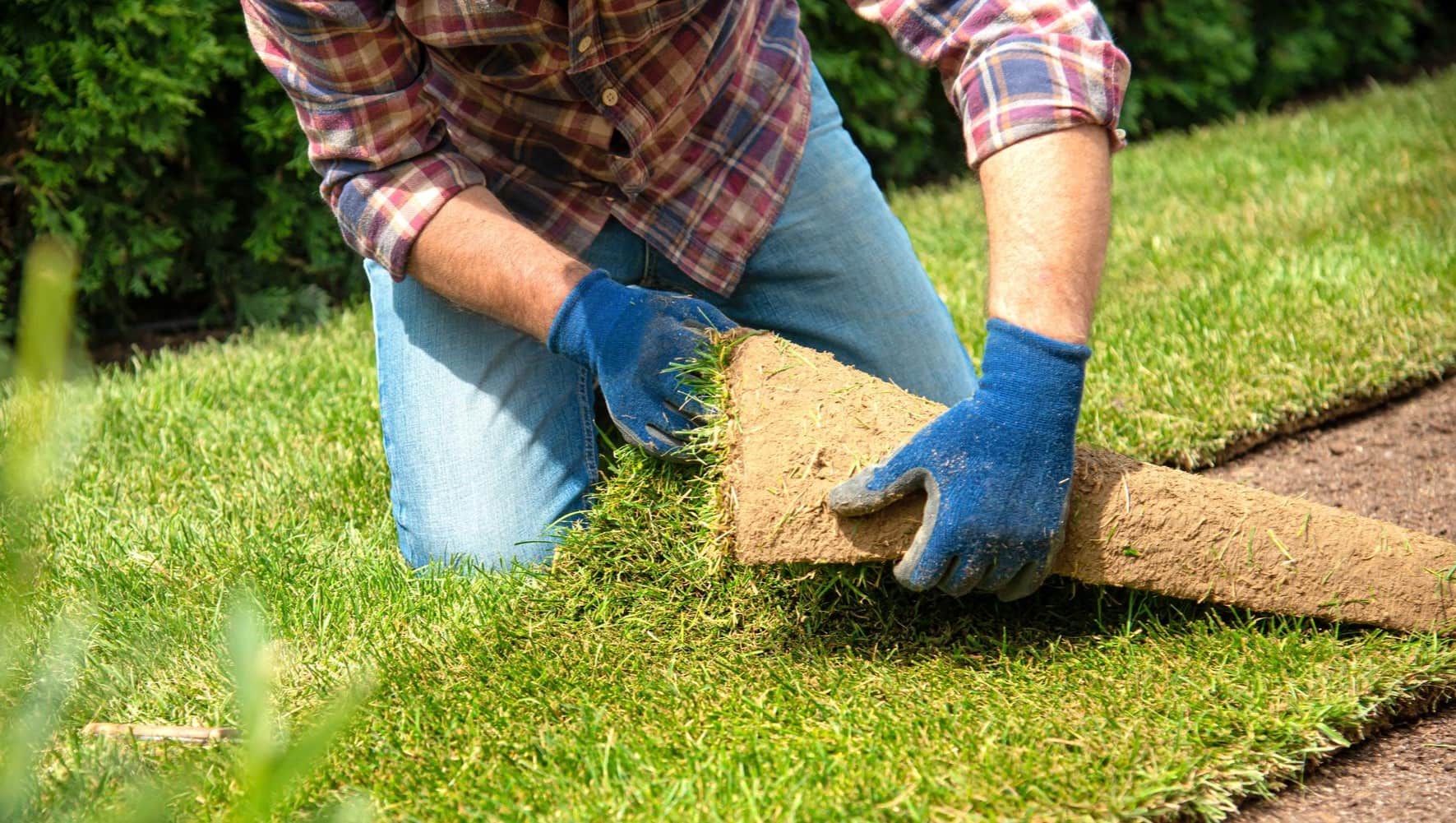

0 thoughts on “When To Plant Grass In Washington State”